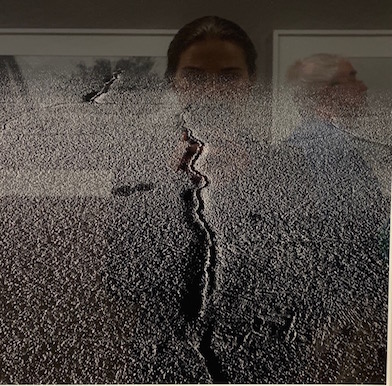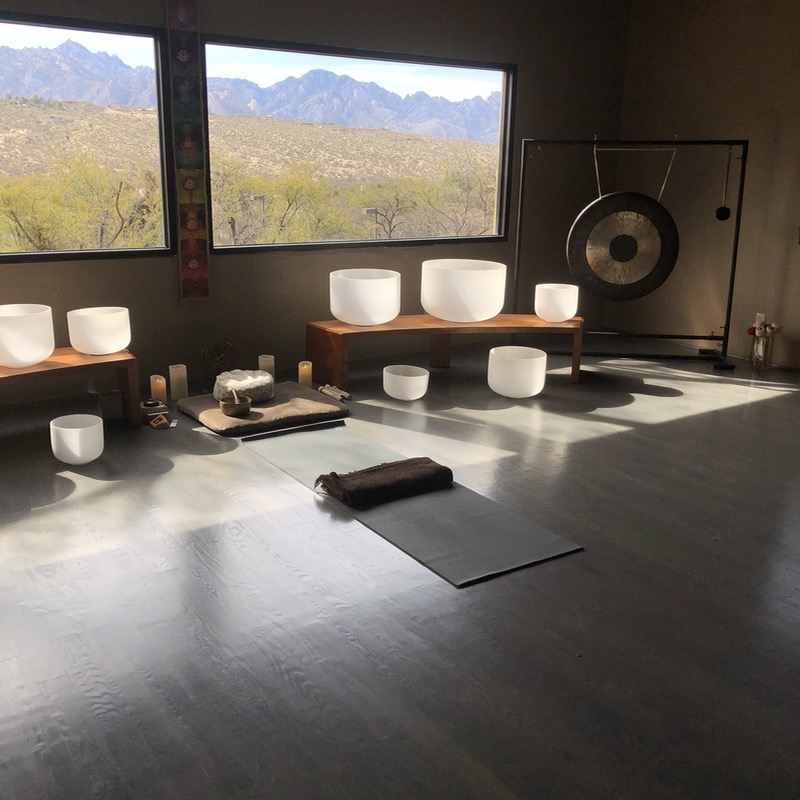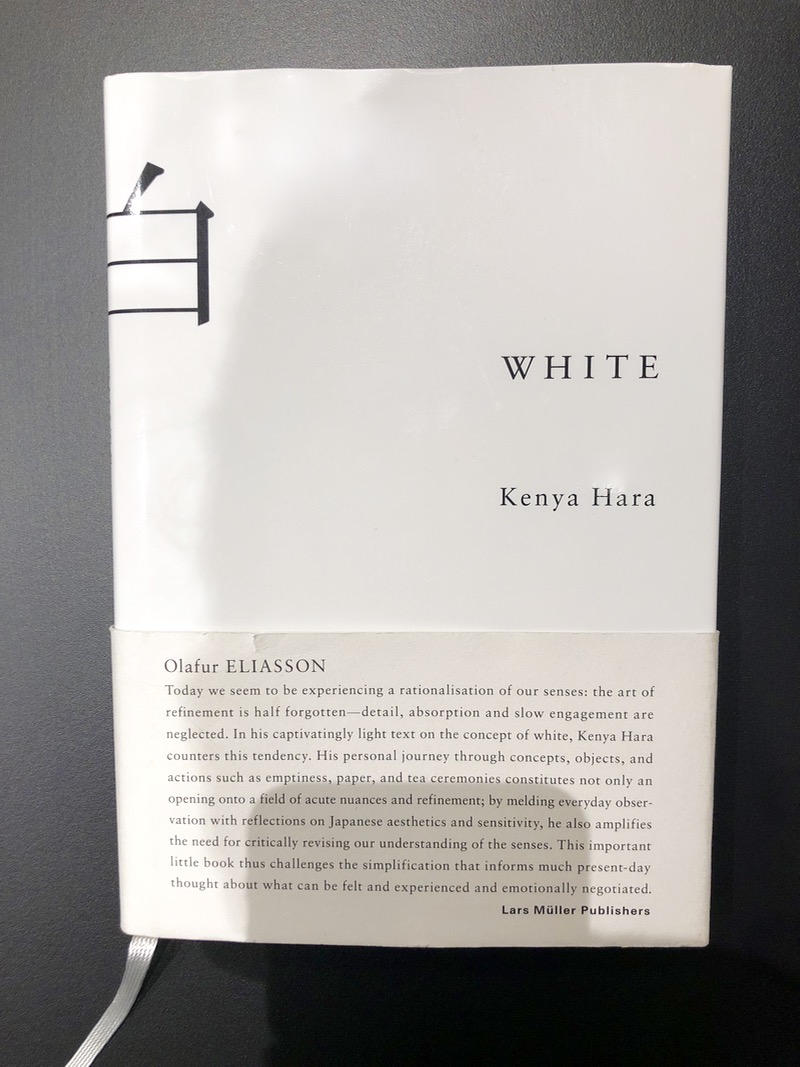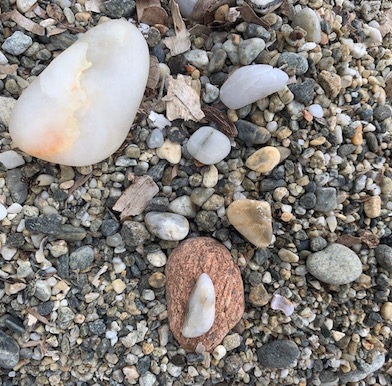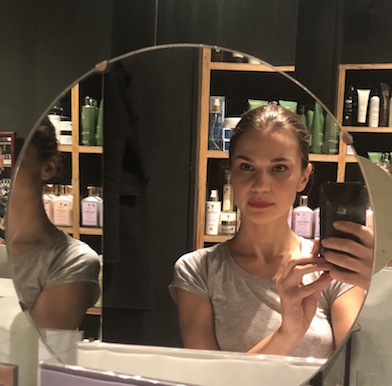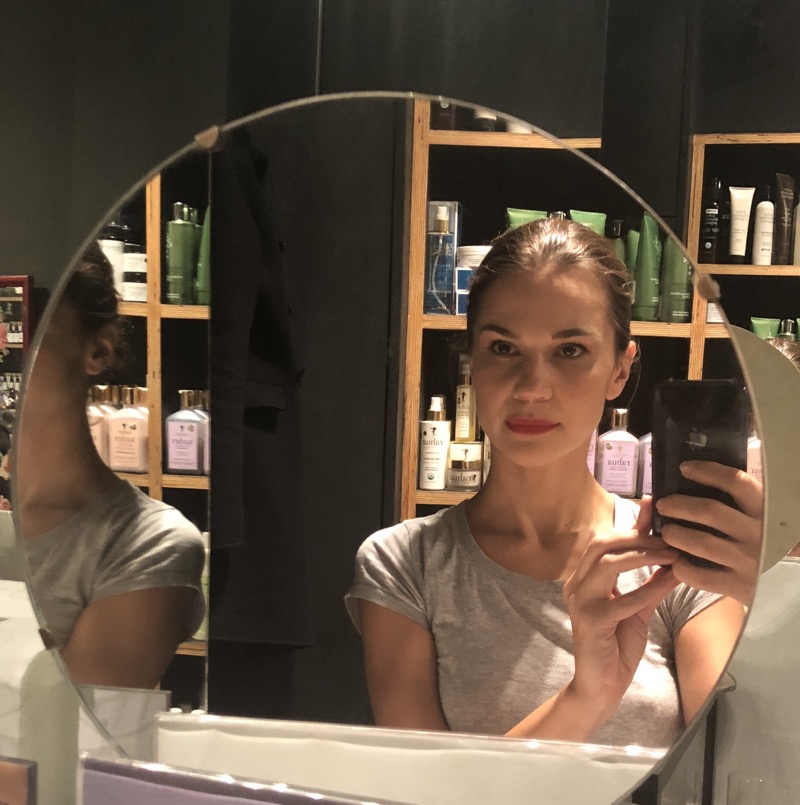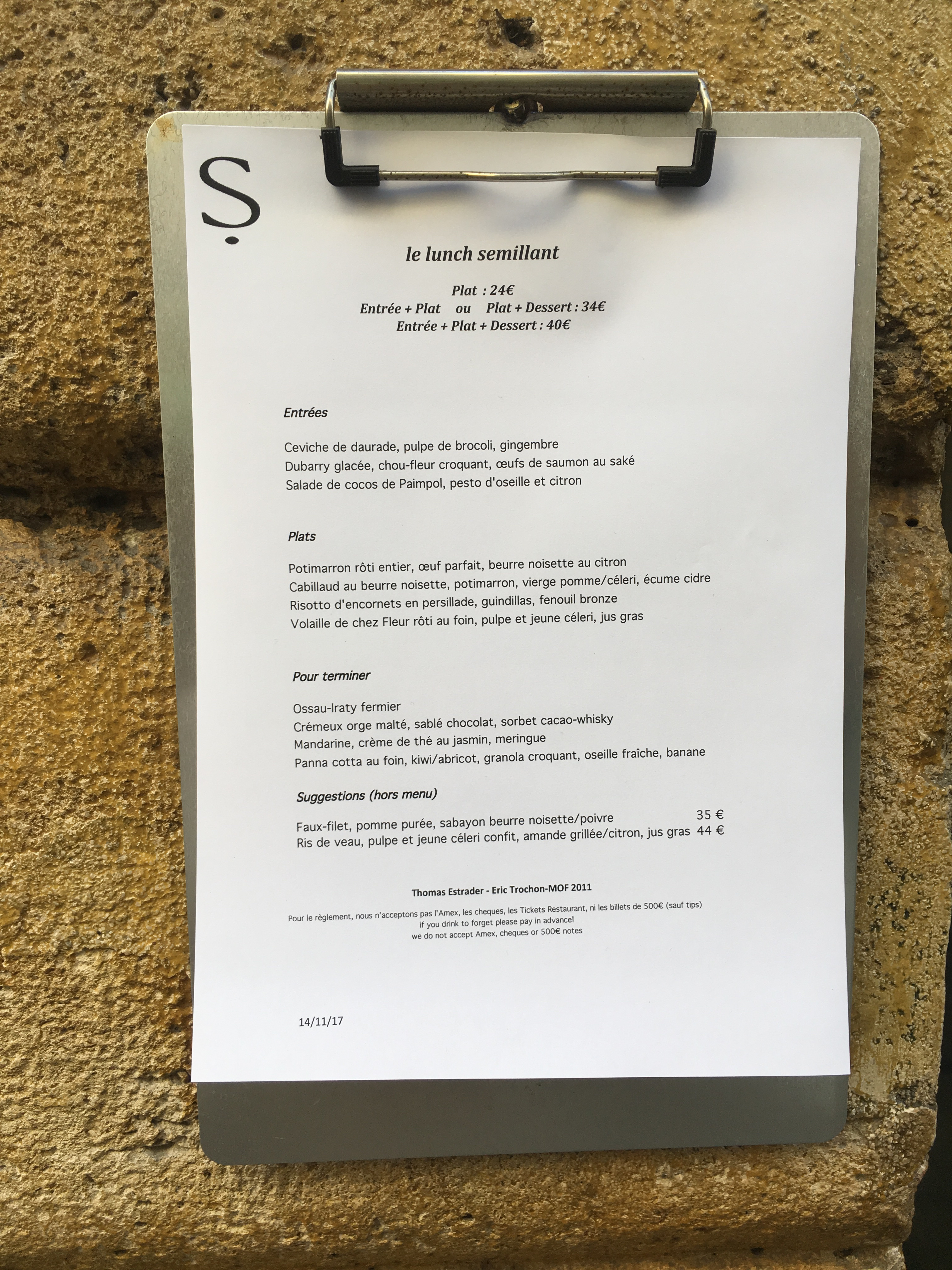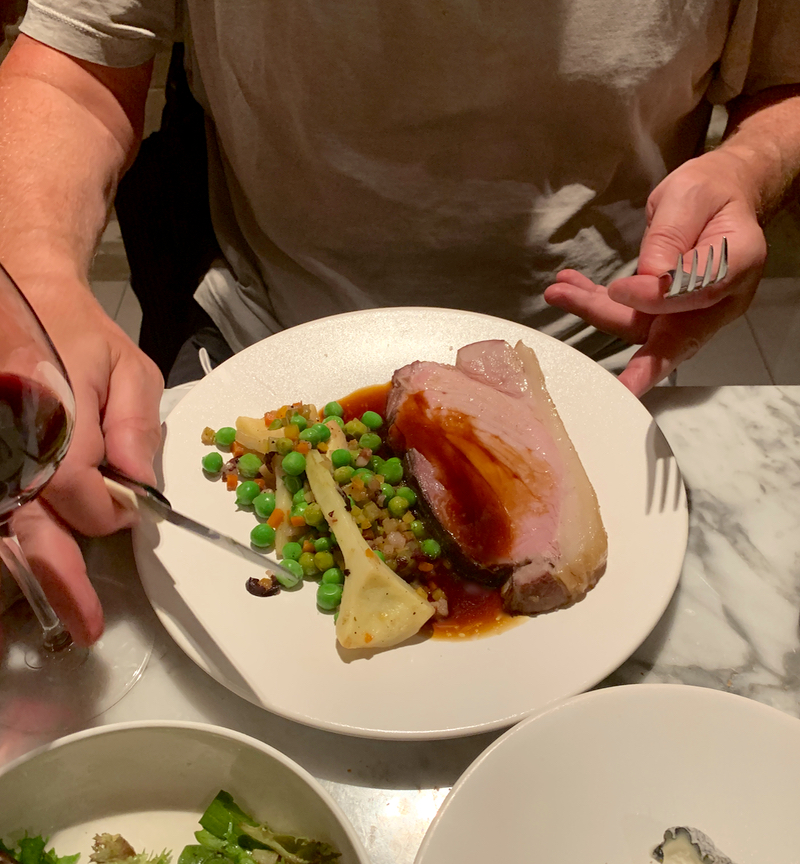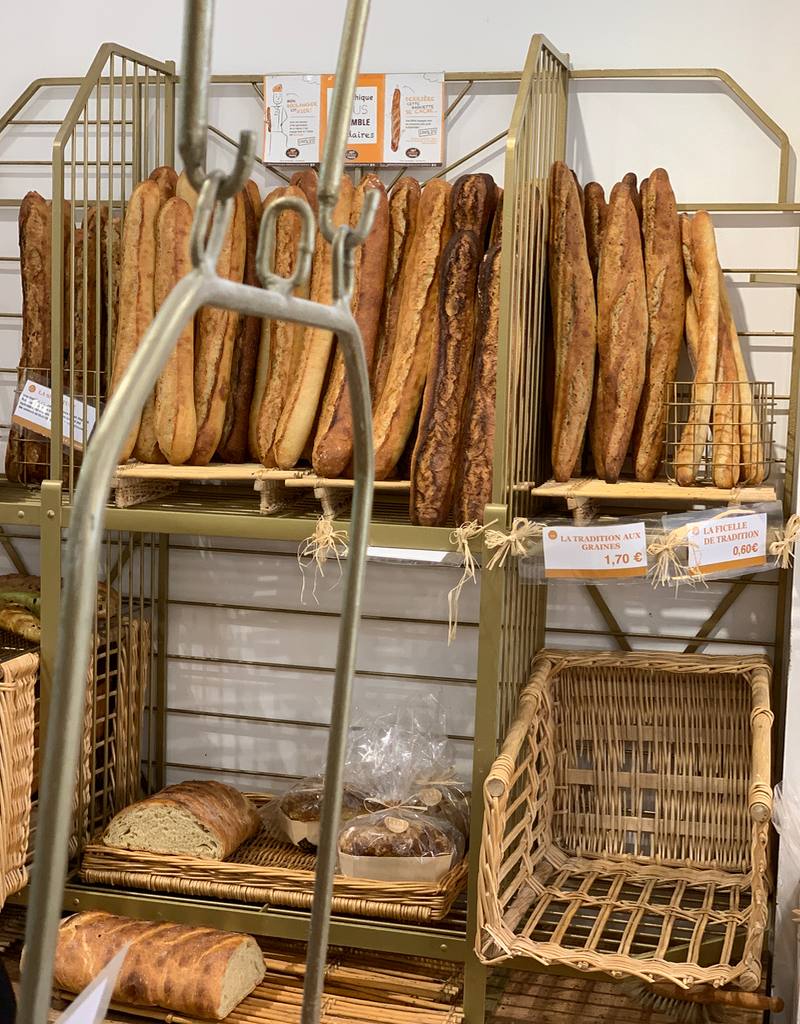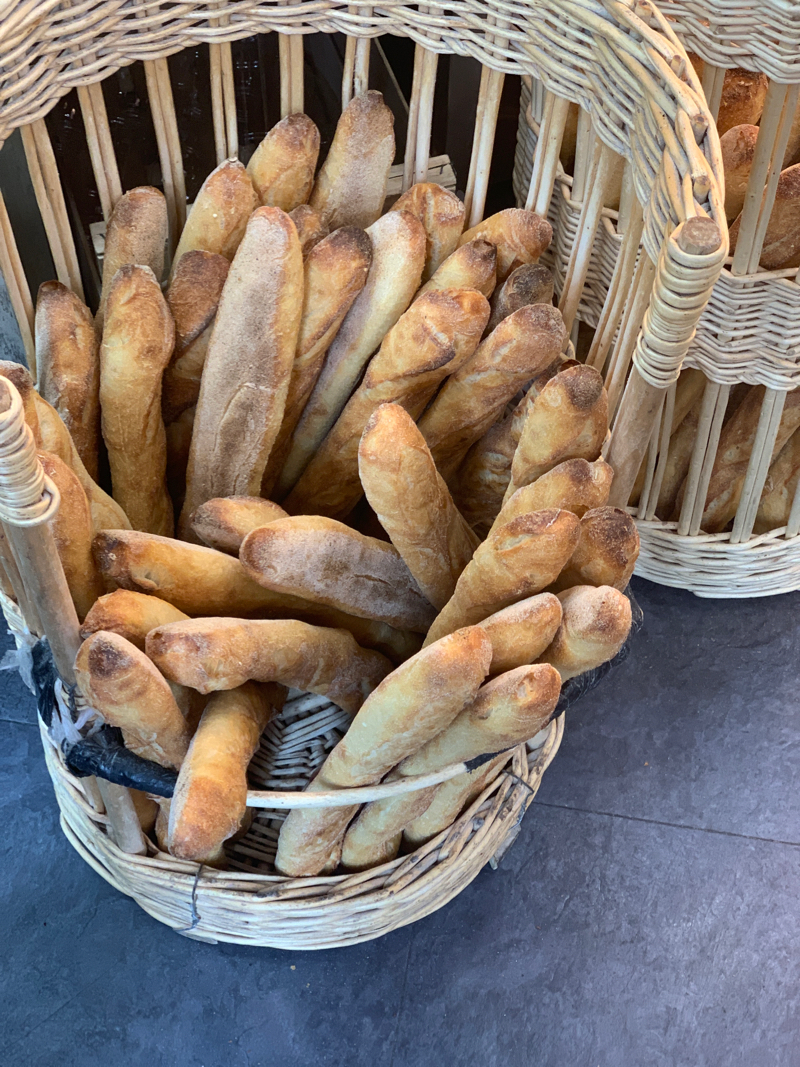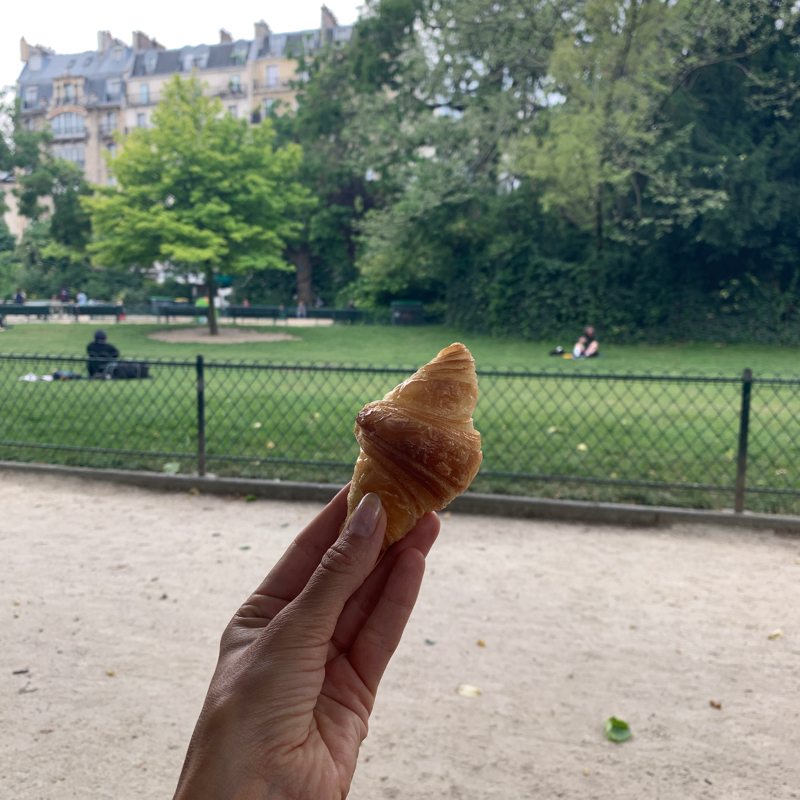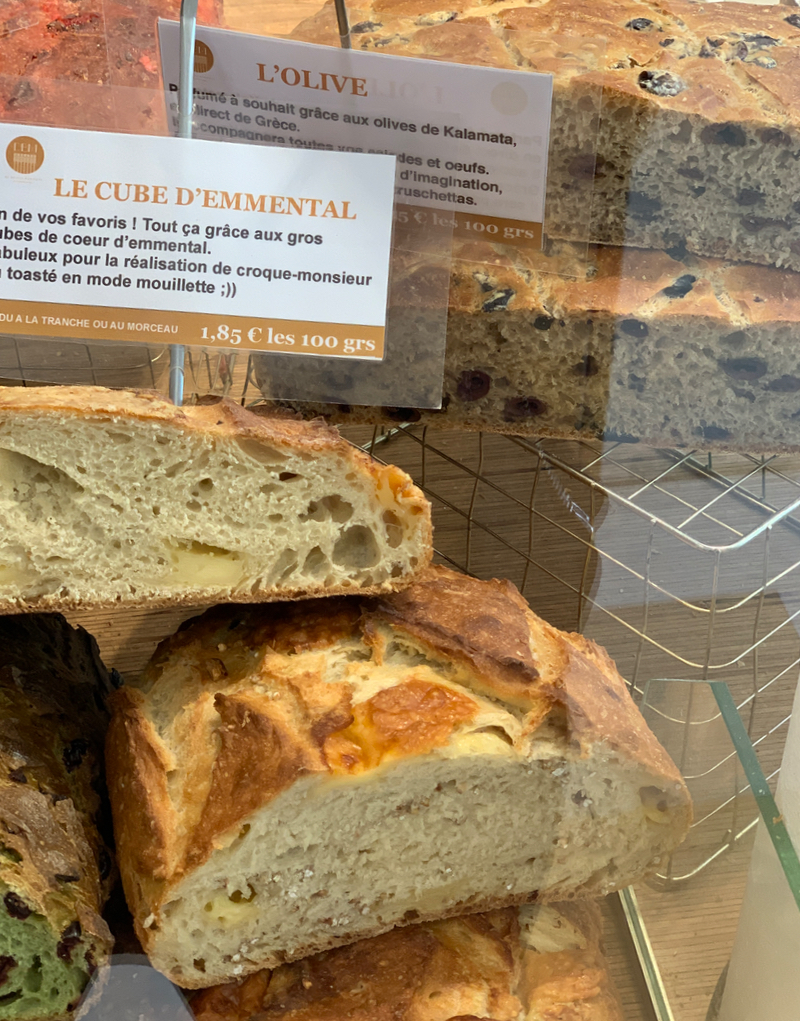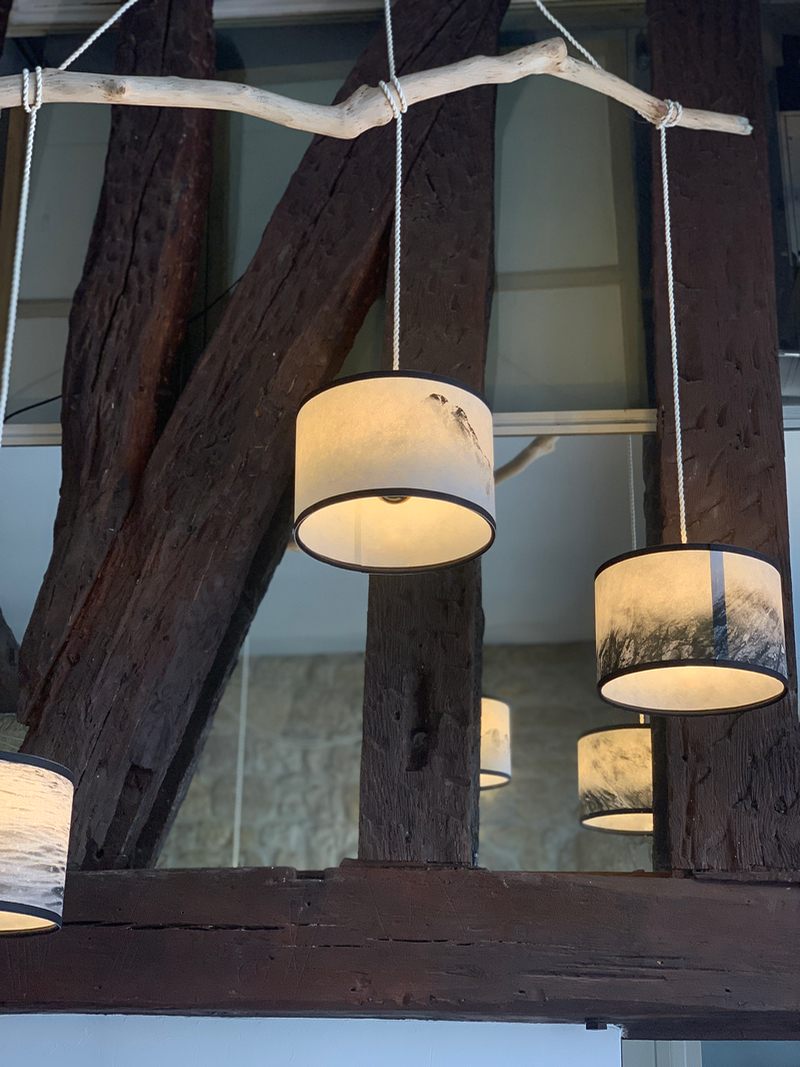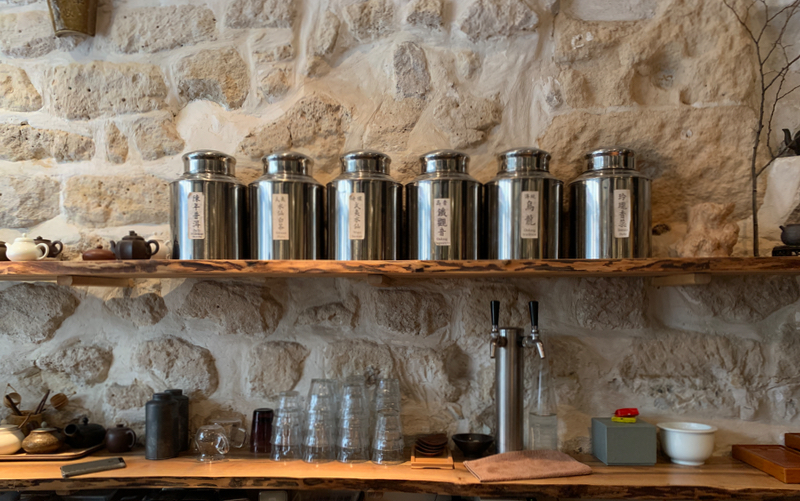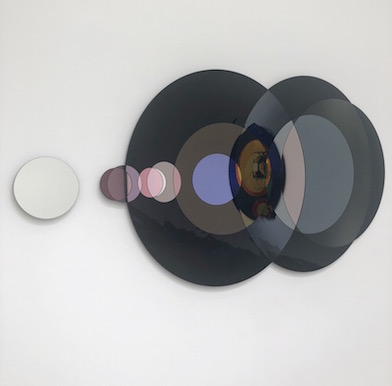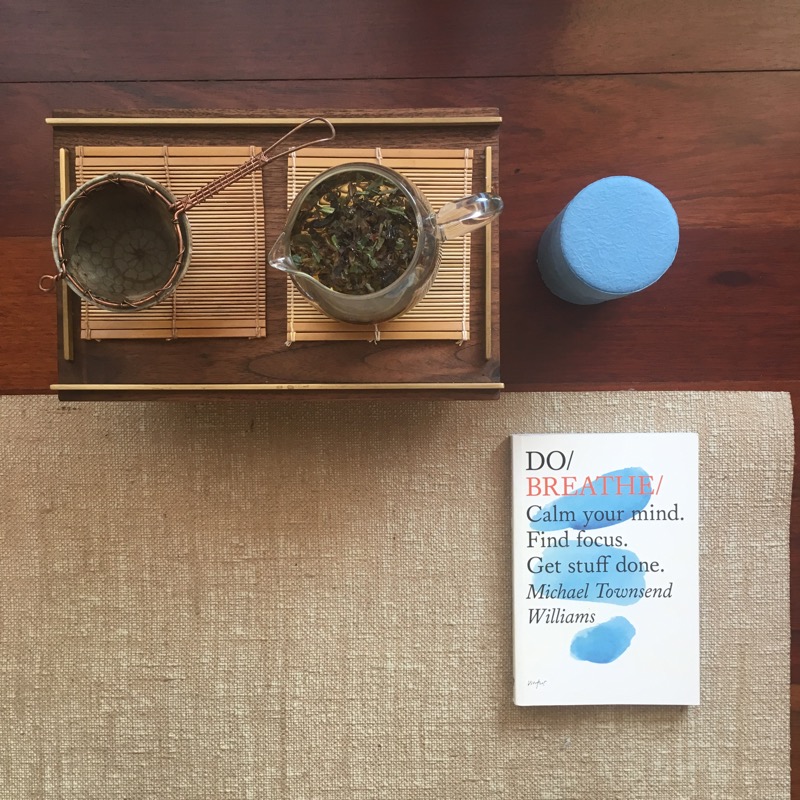THE ANT'S MIND IS MINE
My mind
flies like a leaf of paper
unglued, unstitched, yet unfree in the wind’s arms
Like an ant always searching for directions
— sensing, feeling, and changing the path
when the obstacles turn unsurmountable
But, I got more than the sea pulled by the moon’s arm
I am the moon
Directing my thoughts like a shepherd his herd,
stopping the mind spinning vanities

A high tide flushes in strong emotions
A tsunami hits at times — the mind aches, suffers — anxiety, fear, panic!
Calm, please. A low tide shifts the gear to ease all
Retreating deep into my soul, my fingertips, the hand, arm, shoulder,
my whole self returns to my primal truth
The mirror of all that never vanishes
The eternal something in nothing.
A foolish pursuit
for those who have never connected
not me, nor thee
The simplest the path the ant chose, the faster it gets to the safe home
where it belongs and I do, too

The Ant’s Mind Is Mine was inspired by
After meditating on a beach I was mindfully observing nature’s activities around me. The sea, the ants climbing over the pebbles, some carrying dead ants, others pieces of grass, some walking around larger pebbles, others heading straight over the tall rocks. Struck by their fervor, I connected them with the behavior of my mind. Reading back through some of my old notes, I mused about the nature of the mind.

Even before, I was fascinated by the ants in the forest when I practiced shinrin-yoku, what the Japanese coined as forest-bathing. My mind connected with the surroundings and I felt at peace. Aware of the nuanced activities around me, the experience awakened my interest in the natural world beyond just hiking or passing inattentively by. For more details read soon my review of the book Forest Bathing by Dr. Qing Li, one of the initial researchers into the scientifically proven benefits of shinrin-yoku on stress reduction, happiness, and as a medication-free solution to depression. The practice, like ikigai, was integrated into the Japanese culture of health. The Government supports shinrin-yoku, and the centres with professional forest guides have spread around the world.

What I did on the beach and in the forest was using involuntary focus that William James, the 19th century thinker, called the soft fascination that comes naturally without forcing the mind to concentrate. The mind needs space, a step back, in order to be fully aware of what it sees. In Salvador Dali’s surrealist art there is plenty of space and time captured. The depth of the mind was painted on his canvases where perspective is the force behind subjectivity. In the poem The Ant’s Mind Is Mine I am inserting my own perspective on how I see my mind operating.
Let me know if yours is any different!


